Why is it necessary to create descriptions of your jewelry for sale? Simply put - great jewelry descriptions sell. But the purpose is not just to sell your work successfully - it's also to tell your customers essential information about the jewelry so they know what they're buying.
1) Specify the Products Included
List exactly what is included in the listing. Don't rely on your images. This is especially important when you are selling pieces that are part of a set, or the entire set itself.
Make sure your customers know whether the product listing is for just a necklace (and the other pieces are listed separately), or if it includes the entire necklace-earrings-bracelet set.
Also include any extras that you'll send, such as extension chains
2) Include the Size of the Handmade Jewelry in the Description
Include the dimensions to let your customers know the size of the jewelry, which - trust me - is impossible to gauge from online pictures alone.
Every handmade jewelry listing must include:
- the size of the pendant
- information about the major beads, and
- general length of the bracelet or necklace strand or earrings (and you should mention whether the earwire is included in the length).
3) Specify the Composition of the Artisan Jewelry in the Description
Include the major materials that make up the body of the jewelry: stones, glass, wood, shell
Specify all plated pieces, both in the decoration and in the findings. For example, 14K gold fill
4) Specify the Clasp in the Jewelry Description
Describe what kind, and size, of clasp or fastener is used. This is important to those customers who are concerned about how securely the necklace fastens and also those buyers who have limitations about what kinds of clasps their hands can open (such as people with arthritis).
5) Use the Origin of the Materials as a Selling Point
Add as much information as you can about the provenance of the materials - that is, where beads, pendants or other material came from.
Include interesting facts about the gemstones - where they come from, how they're formed. Learn your gemstones
If you use high quality beading wire
You can also indicate whether the components were made by the designer (you or someone else - such as silver pendants from the Thai Karen Tribe or Bali silver
6) Explain the Creation Process in the Description
You have a choice here. You can explain what you did physically to make the jewelry, if it's a process your customer might not know or might be interested in, such as with precious metal clay
Many jewelers find their customers love it when they include an anecdote about creating the piece. Talk about what inspired you in the creation of the jewelry, or about a mishap, or anything that makes the handmade jewelry come alive with personal details. This kind of backstory enhances the value of handmade jewelry for the customer.
7) Disclose All Jewelry Treatments
You must tell your customers how the stones you use in your jewelry were treated to change their appearance. Disclose whether or not the precious or semi-precious stones were treated, heated, colored,
You must disclose whether it is authentic (natural) or not. In the U.S., you must do all this for legal reasons, and you must not mislead even by omission. Never say "natural" when it has been treated with heat, dyes, chemical agents, etc. You must also not say that something is "Native American made" unless it truly is.
So, for example...
- Dyed red coral
must be listed as dyed red coral, and not just "coral."
- Heat-treated citrine
or amethyst must be listed as heat-treated, and not just listed as "citrine" or "amethyst."
- Cultured, freshwater pearls
must not just be called "pearls"--you must specify that a pearl is both cultured and freshwater somewhere in the listing.
- Stabilized turquoise
you must label as stabilized. If you don't know whether or not it's stabilized, assume it is and label it as such. If it was very cheap and looks perfect, and was not specifically sold as "natural turquoise," it's probably reconstituted turquoise
, which must also be revealed.
8) Write an Artistic Statement as a Selling Point in the Jewelry Description

- "I wanted to create a mixture of natural and salvaged mediums in this food-themed charm bracelet."
- "I wanted to create frothy, light earrings that had elements of darkness."
- "This necklace was my attempt to explore the intellectual as well as aesthetic side of pearls."
9) Make Your Jewelry Description Search-Engine Friendly
This is very important: include words in your description that accurately describe your jewelry and that customers would search for. When they are shopping for jewelry, you want your handcrafted jewelry listing to come up if it meets their criteria. This is one reason to be as detailed as possible in all descriptions. You'd be surprised what your customers search for. For example, they might search for:
- "Navajo squash blossom necklace antique
"
- "Toggle clasp bracelet
"
- "Authentic diamond pendant"
- "Coral artisan necklace
"
- "8 inch charm bracelet
"
- "Handmade 4" earrings"
The picture will attract their eyes, but the title or header of the product listing is a selling point many people miss. Don't be boring. Make your title stand out. Ideas include giving your pieces names and creating a sense of intrigue (for example, "Rock Around the Clock Choker"). At least part of the title should also should be keyworded for search engines, if possible (for example, "Rock Around the Clock Bracelet in Jasper Nuggets with Toggle Clasp")
11) Keep Your Jewellery Description Brief
Be concise. Don't write a book. It's better to write a complete description of the artisan jewelry than to leave something out. But if your description is long, make sure it's organized. Use headings like "Size" and "Clasp" to set off the information so it's easy for your customers to see the specs they're looking for. Your customer will be far more likely to notice that the artisan glass lampwork beads
Note: The blog owner may be compensated for the content of this article. See the full disclosure statement regarding compensation in compliance with FTC guidelines.

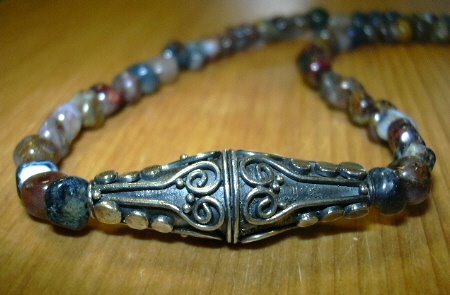
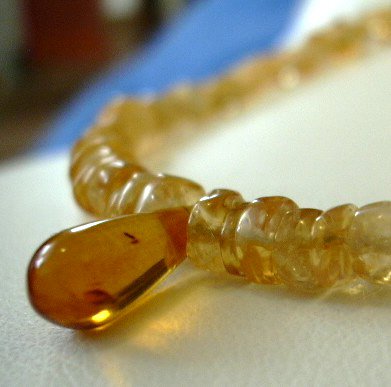
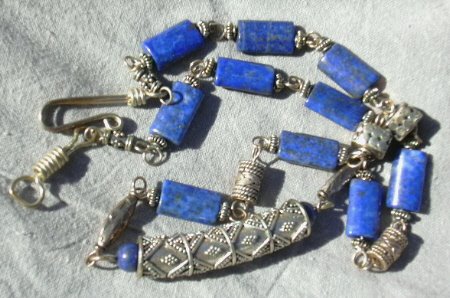
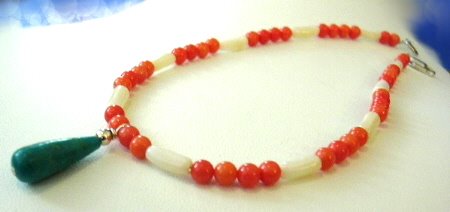

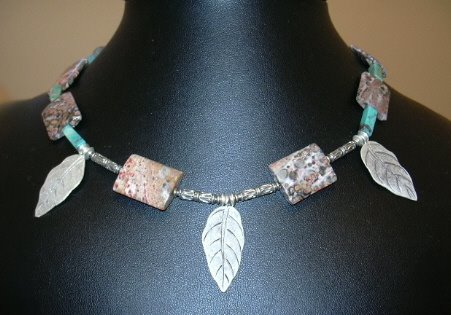
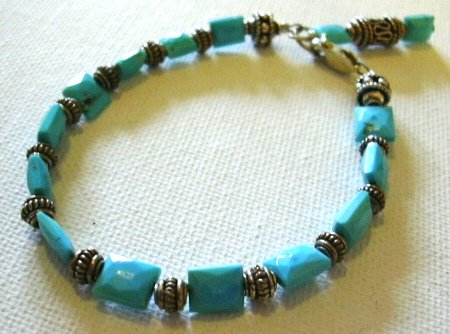

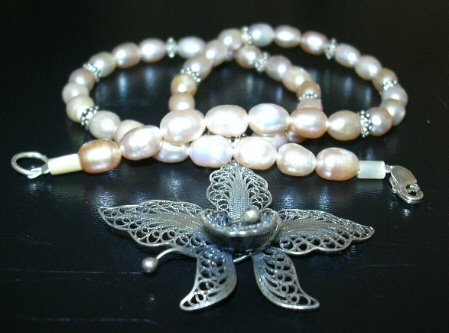
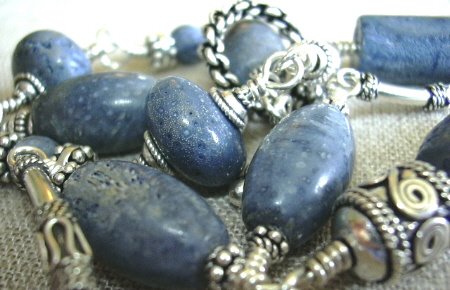

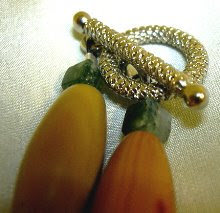

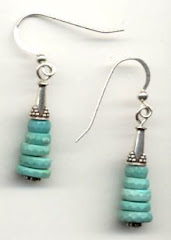

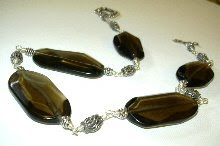
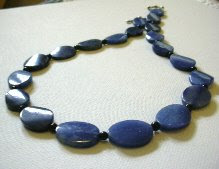
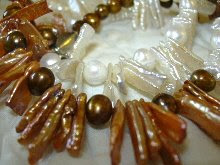
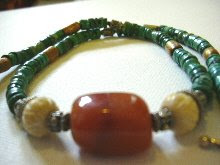
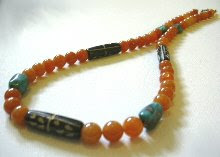
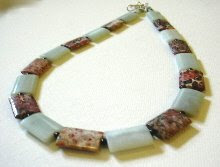

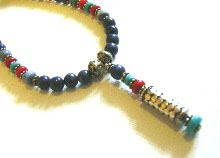
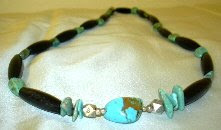
No comments:
Post a Comment